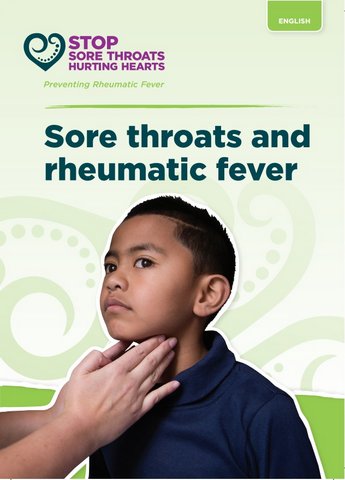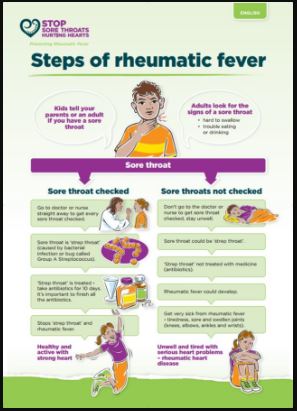The treatment of strep throat depends on your risk of getting rheumatic fever. If you are at low risk, treatment is aimed at self-care to ease the pain and the infection will get better on its own in a few days. However, some people will also need antibiotic medicine.
Self-care
- Suck a teaspoon of honey (not safe for children under one year) or gargle salt water.
- Adults can try using a gargle, throat spray or pain-relief (anaesthetic) lozenges. These are not suitable for children.
- Take paracetamol – check doses carefully and ask your doctor or pharmacist whether it is safe for you.
Antibiotic medicine
If you have a higher risk of getting rheumatic fever, or if you have a high risk of spreading the bacteria, eg, you are a healthcare worker, residential care worker, food handler, teacher, childcare worker or student, treatment with antibiotics may be started as soon a throat swab is done.
- Antibiotics (penicillin or amoxicillin) are normally given for 10 days. You should finish the full course to make sure the strep throat does not cause rheumatic fever.
- A one-off antibiotic injection to treat a strep throat might be a good alternative for children if you think they may find it hard to take the full 10-day course of capsules or liquid.
- Keep children away from school or early childhood centres for at least 24 hours after they start antibiotics, to reduce the risk of spreading the strep bacteria.
Apps reviewed by Healthify
You may find it useful to look at some Self-management and healthy living apps and Swallowing difficulty apps.








